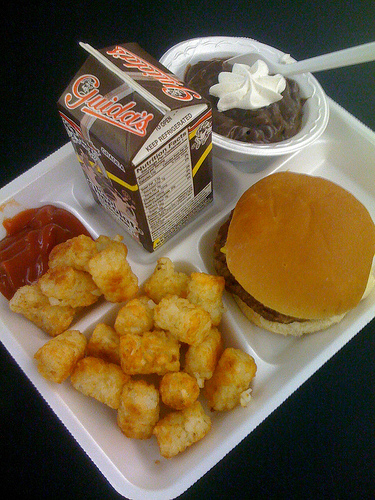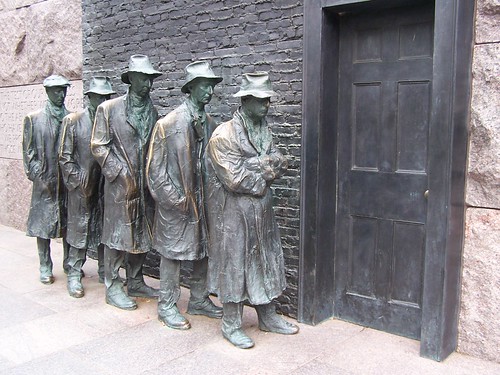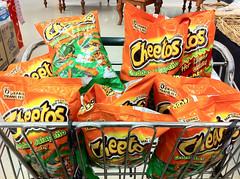
Raising healthy kids is usually seen as a result of some magical combination of resources and education in a child’s home, school, and neighborhood. A newly released study by Penn State sociologists Molly Martin, Michelle Frisco, and Claudia Nau and the Census Bureau’s Kristin Burnett, however, finds poverty at schools has a greater effect on adolescent obesity than poverty or low education at home.
Well-educated parents are less likely to raise overweight children, but according to the study’s findings, if the student attends a poor school, the effect of his or her parents’ education is minimized. According to the online news source Futurity‘s report on the research , “A parent with a graduate degree who has a child in a poor school is more likely to raise an overweight adolescent than a parent with an eighth grade education who has an adolescent enrolled in a rich school.”
“The environment can actually limit our ability to make the choices that we all think we make freely,” Frisco says. Martin maintains that poor schools influence a student’s weight even beyond the typically-blamed unhealthy food choices. Low-funded schools have a difficult time offering athletic or fitness programs. Martin also argues that low income schools may house students with higher levels of stress. “Schools with limited financial resources tend to be more stressful environments,” Martin says. “Stress promotes weight gains and usually the worst kinds of weight gains.”






 A new study finds that it now costs approximately $60,000 a year for a family of four to survive in Philadelphia without government assistance, reports
A new study finds that it now costs approximately $60,000 a year for a family of four to survive in Philadelphia without government assistance, reports 
 According to the
According to the